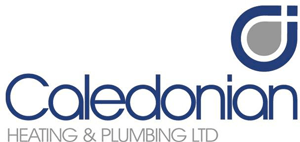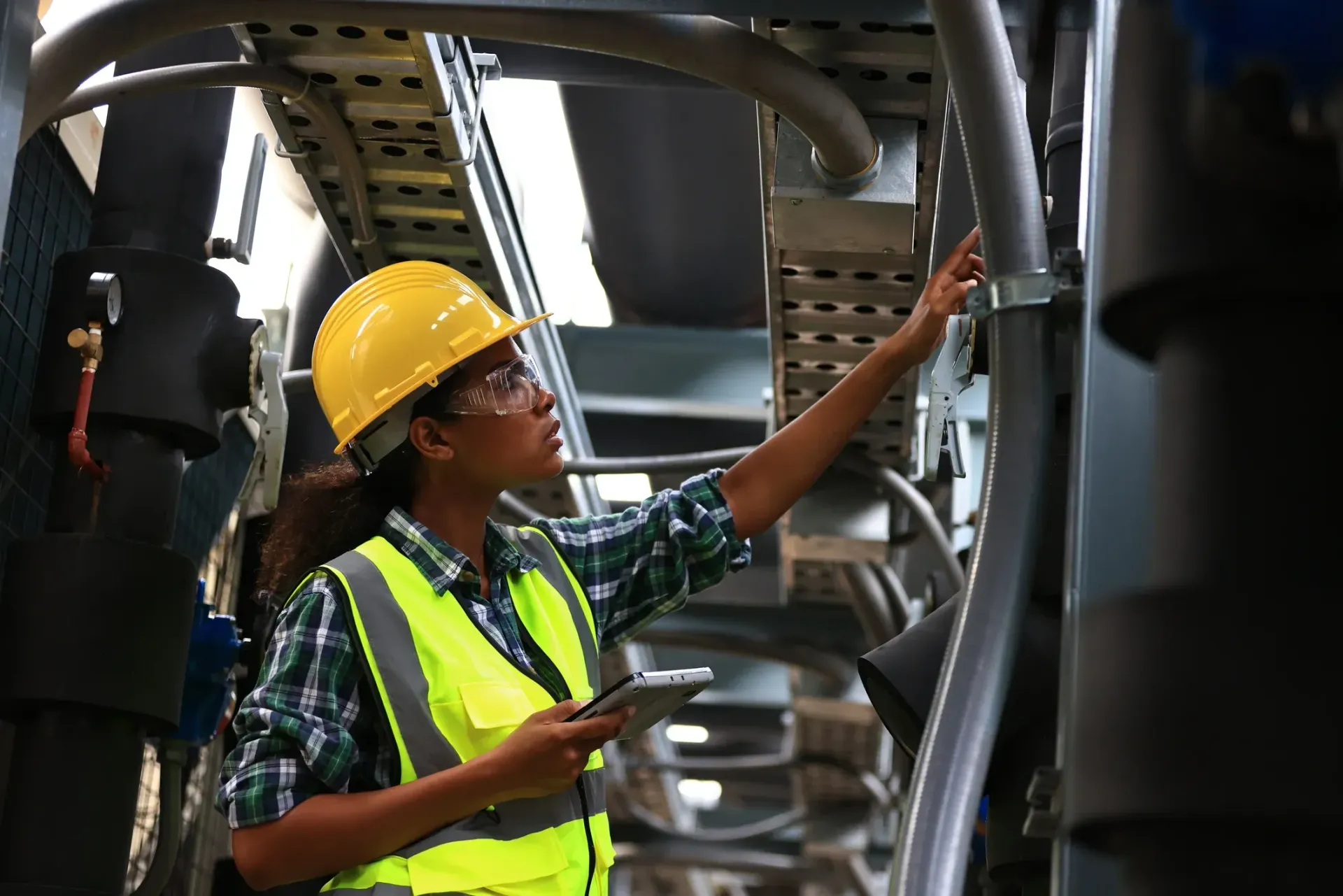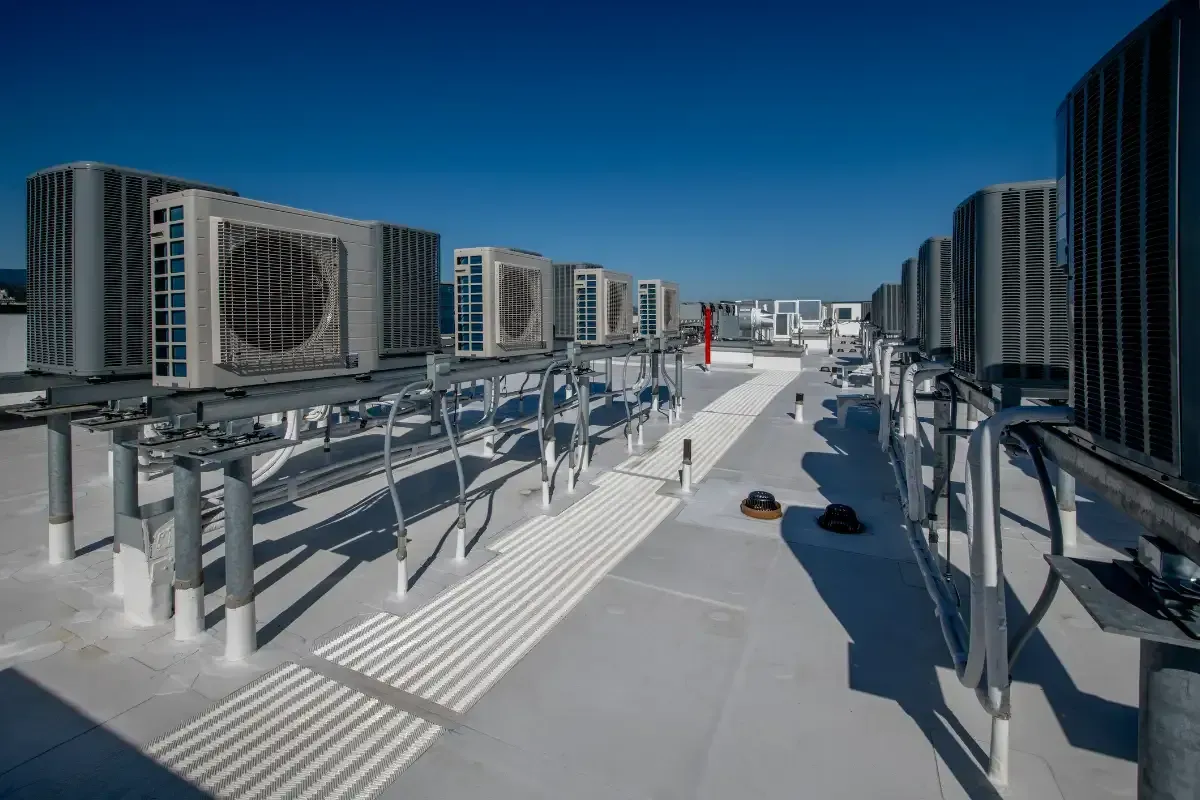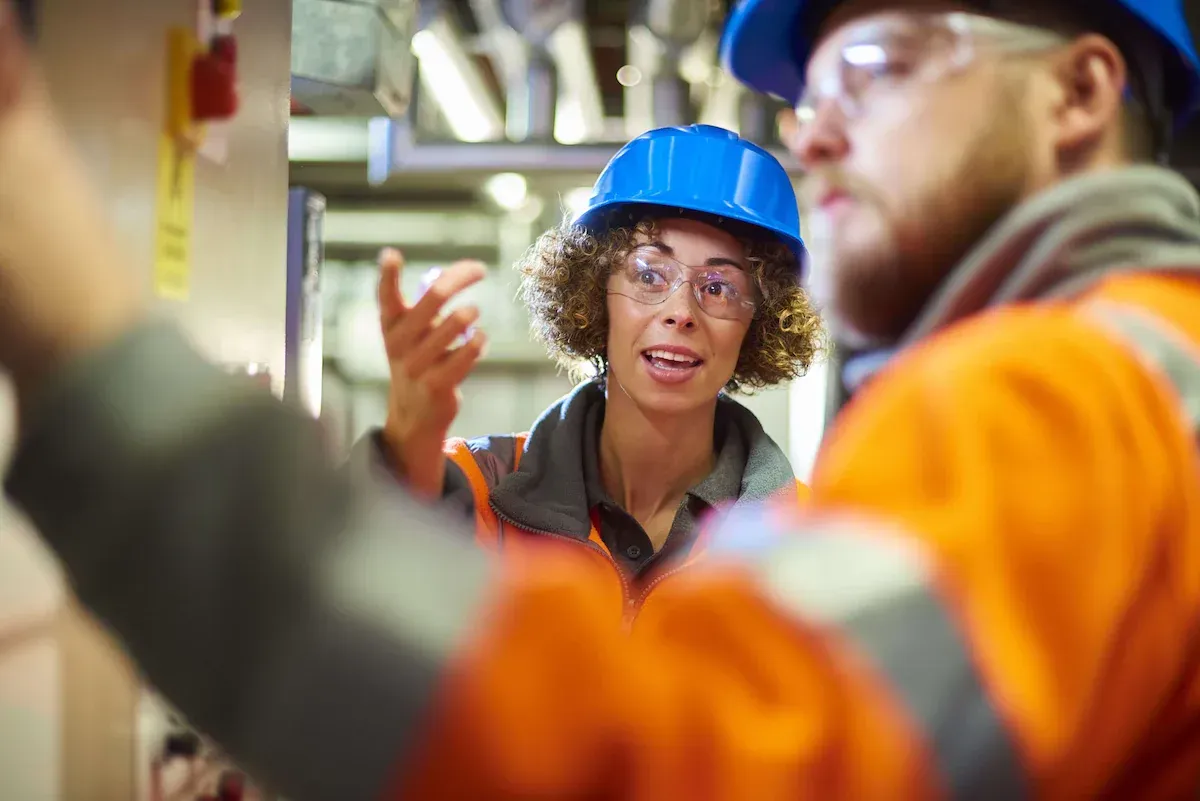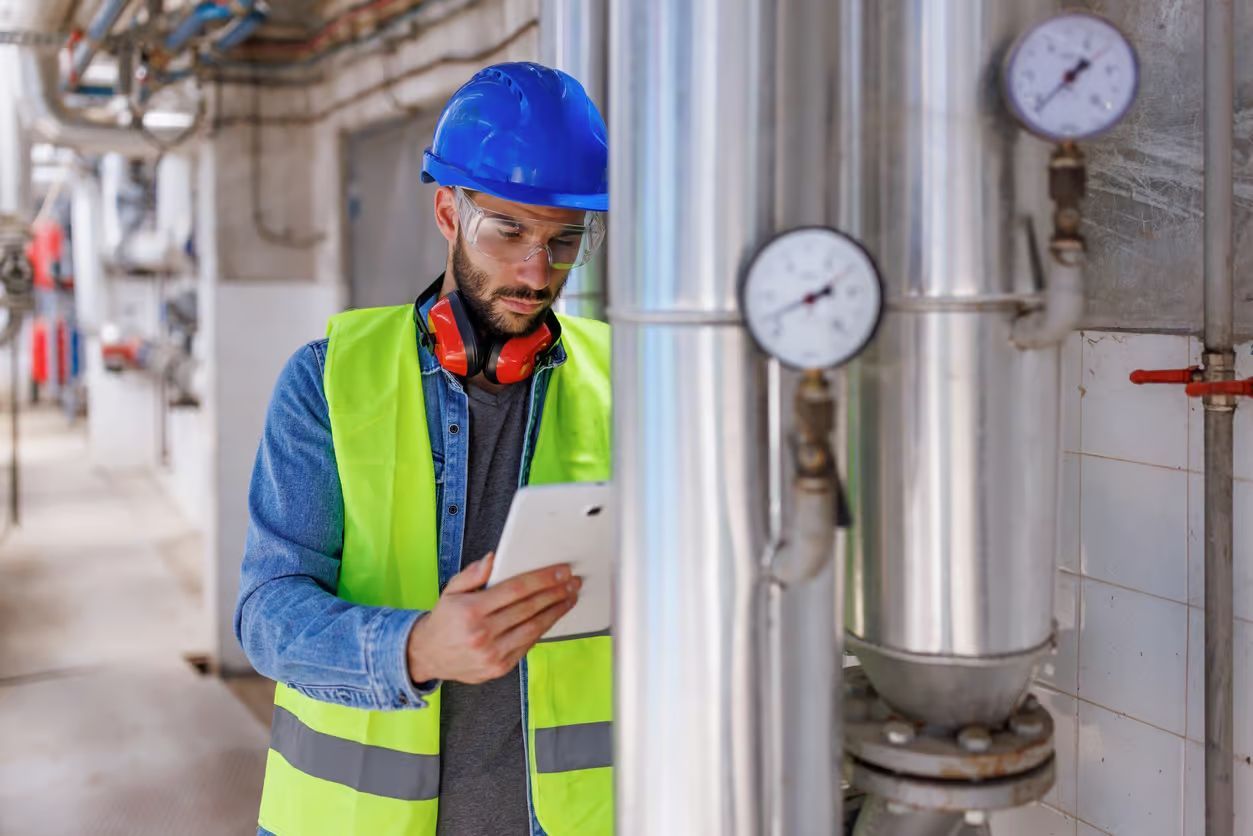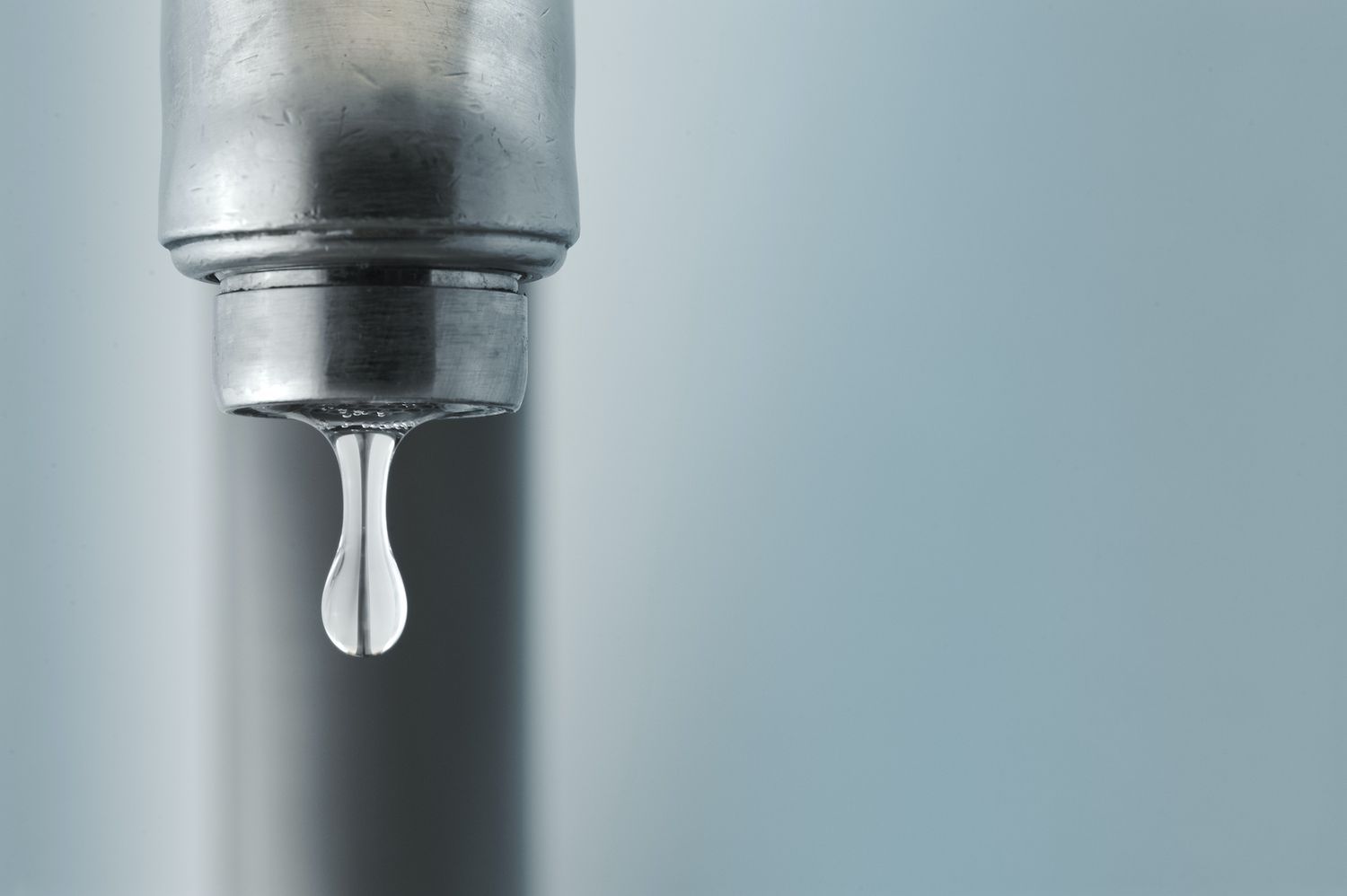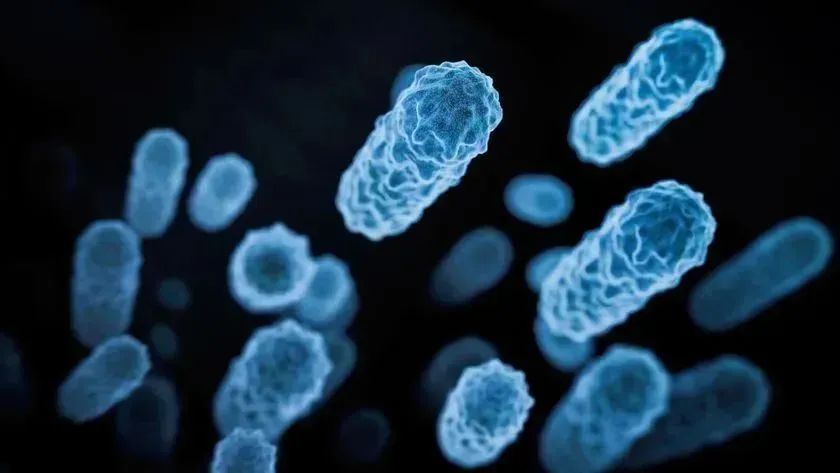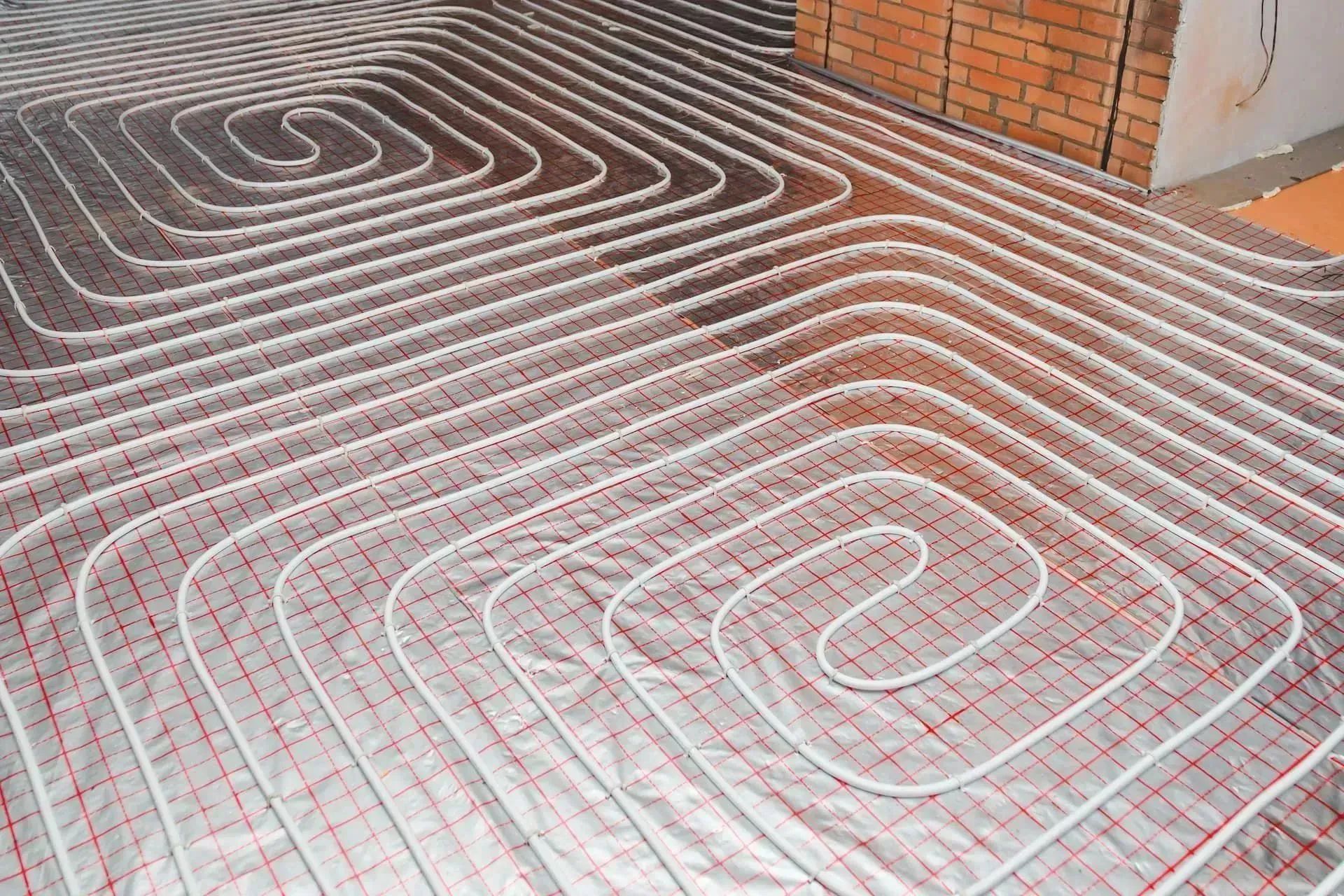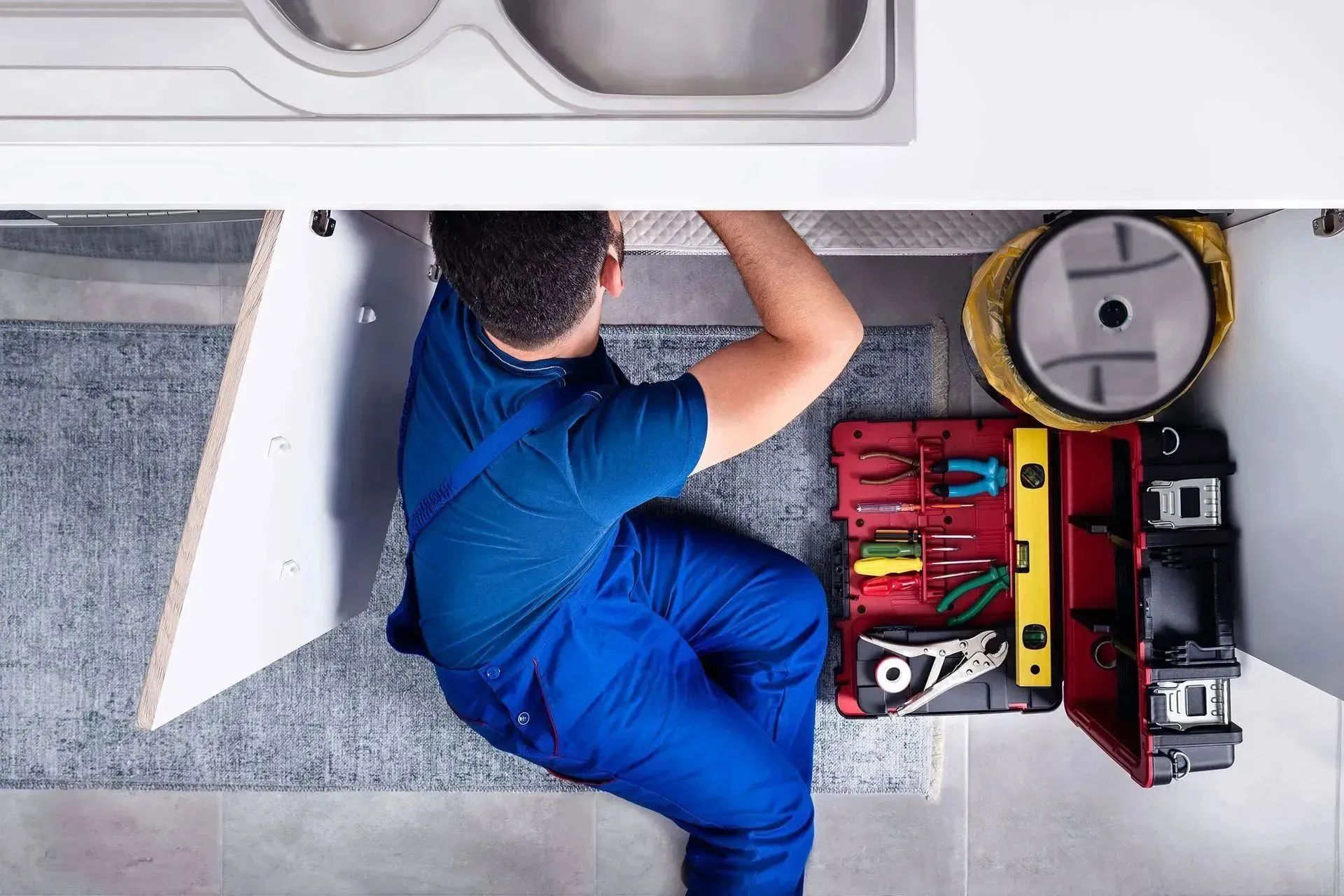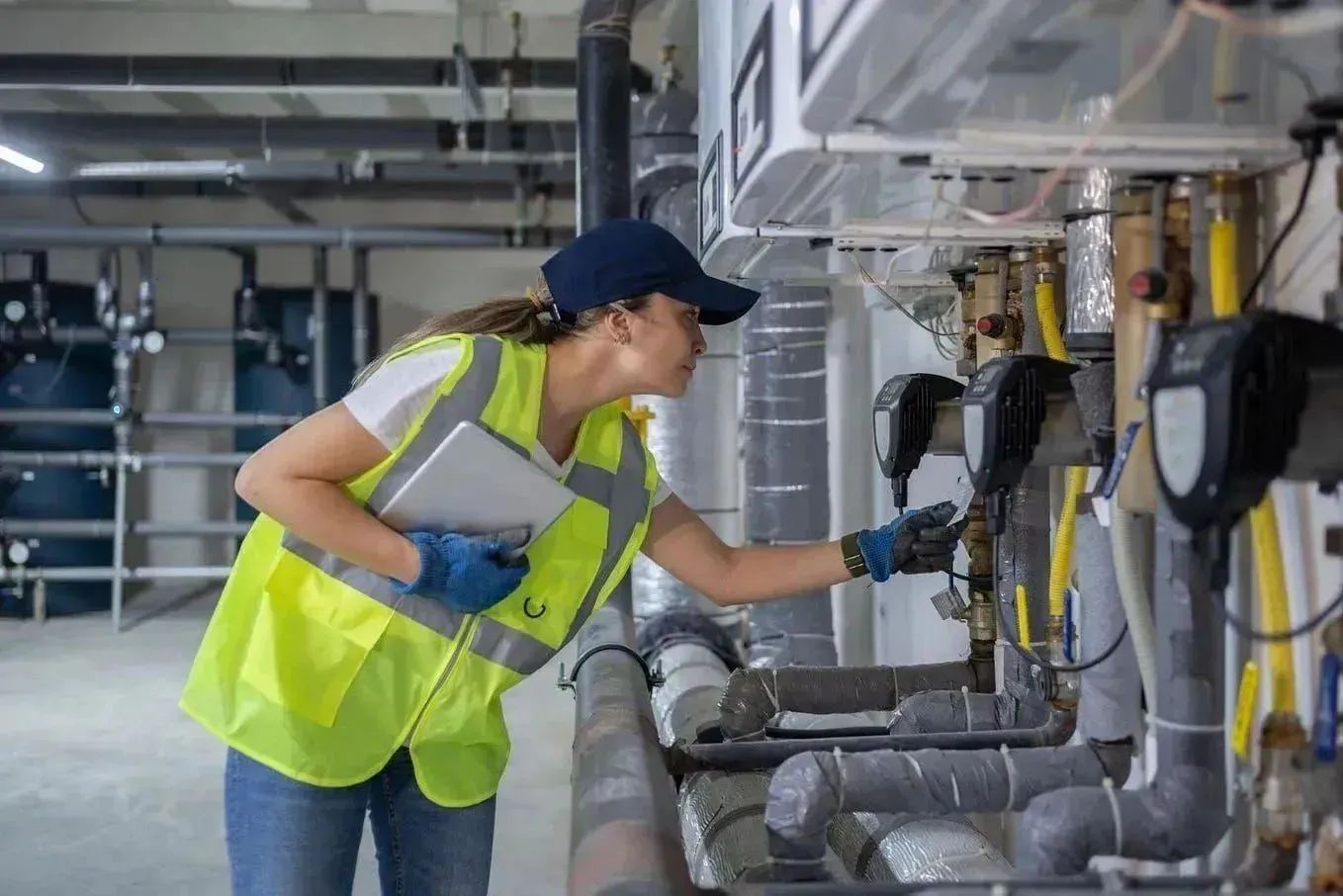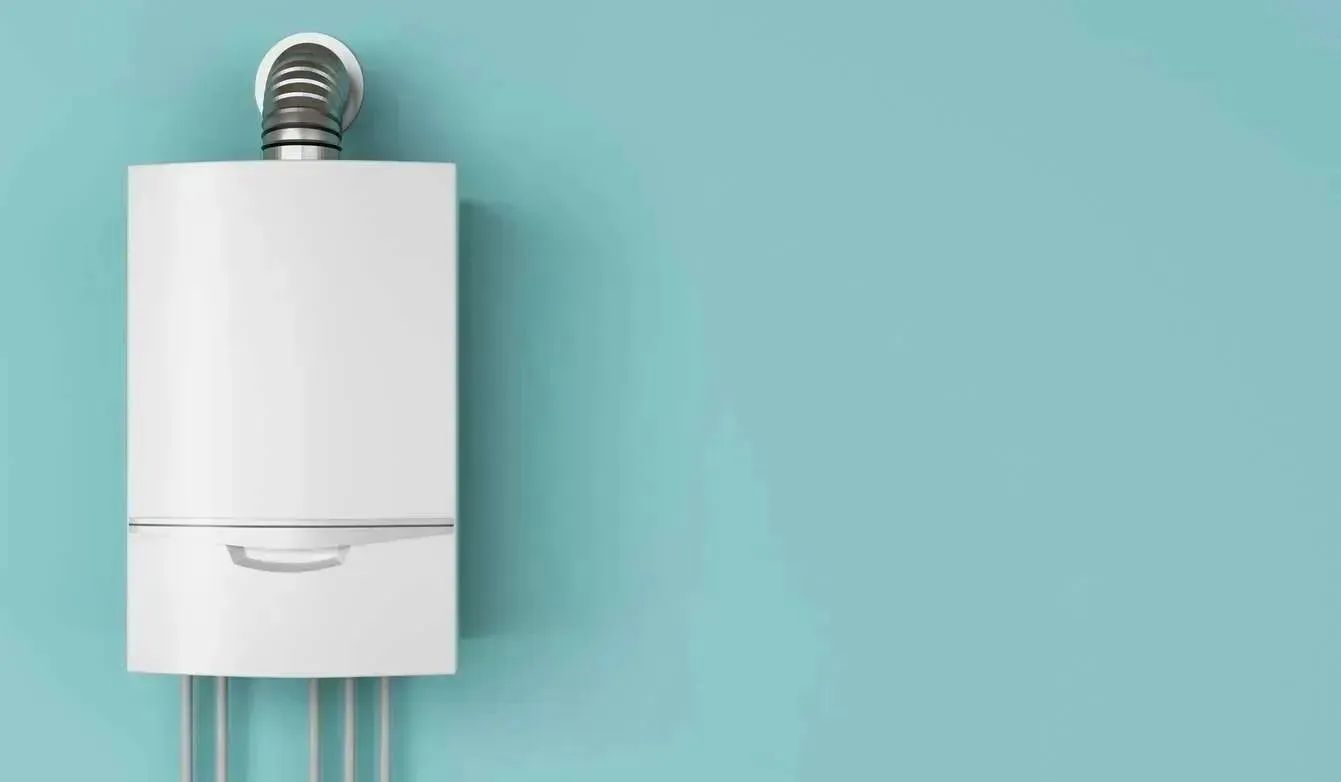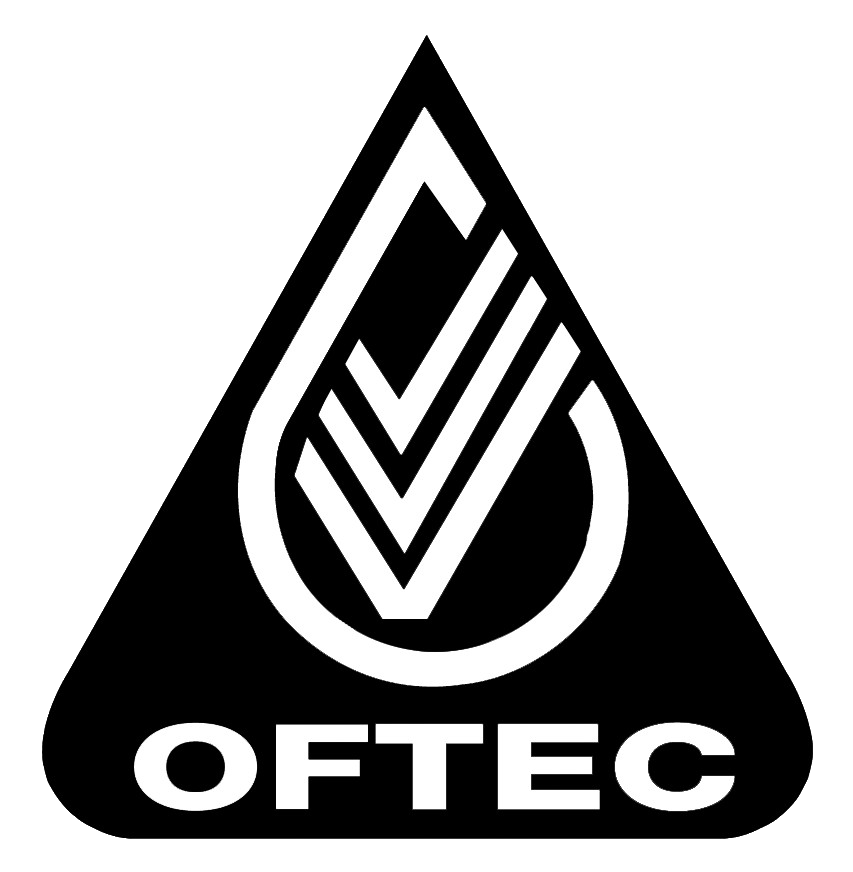Professional Water Tank Cleaning: What Does it Involve?
For commercial and industrial properties, clean and safe water systems are essential, not just for operational efficiency, but also for health and safety compliance. Water tanks, in particular, can pose significant risks if not properly maintained. Over time, they can accumulate scale, biofilm, debris, and harmful bacteria, including Legionella. That’s where professional water tank cleaning comes in.
In this blog, we’ll break down what the cleaning and chlorination process involves, why it matters, and how it supports both industrial water management and legionella control.
Why Water Tank Cleaning Is Essential
Water tanks are often hidden infrastructure, yet they play a crucial role in delivering clean water across your property. Without proper cleaning and disinfection, they can become breeding grounds for harmful microorganisms. Sediment build-up, rust, and stagnant water all increase the risk of contamination. Regular cleaning helps prevent outbreaks of Legionnaires’ disease and ensures compliance with legionella control requirements under UK regulations such as ACoP L8 and HSG274.
For commercial buildings, schools, care homes, and industrial sites, routine water tank cleaning is a vital part of overall risk management.
What the Cleaning Process Involves
Professional water tank cleaning is a multi-step process that requires trained engineers, specialist equipment, and strict adherence to safety protocols.
Here’s an overview of what’s typically involved:
- System Inspection and Isolation: Engineers inspect the tank and isolate it from the water supply to ensure safe cleaning conditions.
- Drain Down: The water is drained from the tank to allow access to the interior.
- Physical Cleaning: The inside of the tank is scrubbed and vacuumed to remove scale, sludge, rust, and other contaminants.
- Chlorination: Once the tank is physically clean, it is disinfected using an approved chlorine-based solution to kill bacteria and pathogens.
- System Flushing: After disinfection, the tank and connected pipework are flushed with clean water to remove any chemical residue.
- Recommissioning: The system is returned to service, and the water supply is restored.
Caledonian Heating & Plumbing also ensures all procedures meet the relevant British Standards, including BS 8558 and PD 855468, for effective industrial water management.
How It Supports Legionella Control
Proper tank cleaning is a cornerstone of legionella control. Legionella bacteria thrive in water systems where temperatures are uncontrolled and hygiene is poor. Regular tank maintenance removes the conditions that allow bacteria to multiply and complements other control measures such as temperature monitoring, system design, and routine flushing.
For businesses with high-risk users, such as healthcare, hospitality or education settings, water hygiene is not just best practice, it’s a legal obligation.
When Should Tanks Be Cleaned?
The frequency of water tank cleaning depends on your system, water usage, and risk assessment results. However, it’s generally recommended that tanks be cleaned and chlorinated at least annually, or more frequently if tests indicate contamination or if the building has been unoccupied for an extended period.
Commercial Water Hygiene Experts You Can Rely On
At Caledonian Heating & Plumbing, we specialise in expert water tank cleaning, chlorination, and legionella control services in Edinburgh, Dundee and the surrounding areas. Whether you need a one-off tank clean or wish to implement routine cleaning as part of your water tank maintenance, our experienced engineers are here to help.
Call today to book a water tank clean and keep your business safe and compliant.
